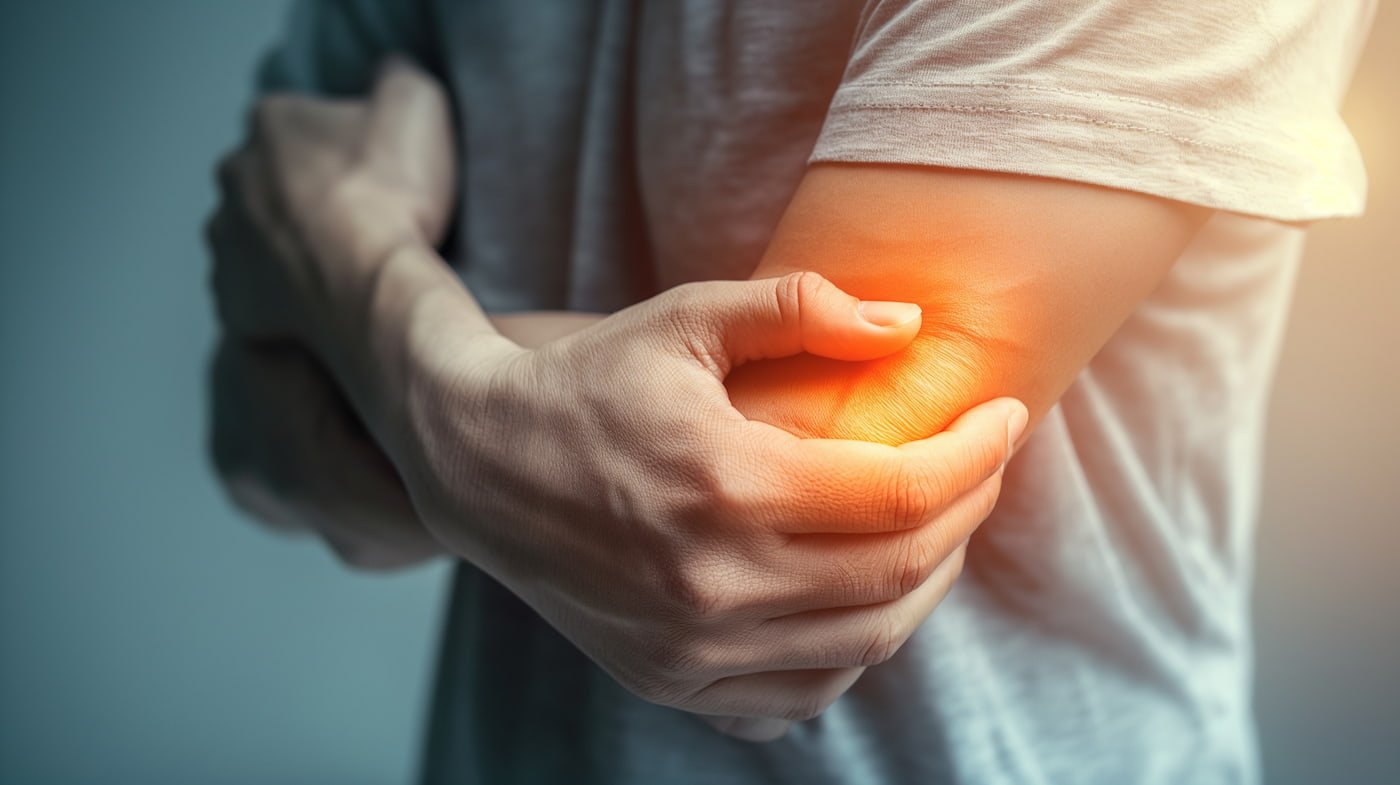
Restoring Function. Embracing Life.
Elbow Arthritis Specialist in Singapore
Dr Bryan Wang
Consultant Orthopaedic Surgeon
Trusted Orthopaedic Surgeon | Fellowship-trained in Canada | With over 20-years of experience
What is Elbow Arthritis?
Elbow arthritis is a condition where the cartilage that cushions the joint surfaces in the elbow begins to wear away, leading to pain, stiffness, and reduced joint function. There are different types of arthritis that can affect the elbow joint. Here's an overview of elbow arthritis:
Types of Elbow Arthritis:
Osteoarthritis: This is the most common type of arthritis. It occurs when the protective cartilage on the ends of bones wears down over time. Osteoarthritis of the elbow can result from wear and tear, previous injuries, or natural aging.
Rheumatoid Arthritis: This is an autoimmune disease where the body's immune system attacks its own joint tissues. Rheumatoid arthritis can affect multiple joints, including the elbow.
Post-Traumatic Arthritis: This can develop after an injury to the elbow, such as a fracture or dislocation. The injury can disrupt the normal joint mechanics, leading to arthritis over time.
What are the symptoms?
Pain, often aggravated by movement, lifting and activity. Stiffness and reduced range of motion in the elbow joint. Swelling and tenderness around the joint.
Also notably, weakness in the arm and hand, grating or clicking sensation in the joint. In addition, difficulty with gripping, lifting, or carrying objects.
How to Diagnose?
Physical examination by a healthcare provider, often an orthopaedic specialist.
X-rays to assess joint damage and changes in the bone. MRI or CT scans for a more detailed view of the joint and surrounding structures.
Elbow Arthritis Treatment?
What are my Treatment options?
If you have any of the symptoms above, it is advisable to see an orthopaedic specialist for further assessment. The appropriate treatment is decided after assessment and a collaborative discussion based on your needs.
In some cases, cortisone injection may be helpful to reduce pain. They can be broadly divided into conservative (non-surgical) and surgical options.
Conservative Treatment
Conservative treatment includes pain relief with over-the-counter or prescription medications, rest and avoiding activities that exacerbate symptoms. Physical therapy and stretching can improve joint range of motion and strength as well. For pain management, corticosteroid injections are administered to reduce inflammation and pain. Lastly, using braces or splints can provide support and reduce strain.
Surgical Treatment
Surgery is considered when non-surgical treatments do not provide relief or when joint damage is severe.
Surgical options may include arthroscopic joint debridement, which involves removing and cleaning out loose cartilage, bone and damaged tissue, osteophyte removal such as bone spur removal, joint fusion (arthrodesis), joint resurfacing or partial replacement, or joint replacement (arthroplasty). For severe arthritis or RA, a total elbow replacement may be considered.
It is best to have your orthopaedic surgeon to assess your condition and recommend the best treatment plan for your elbow condition.

